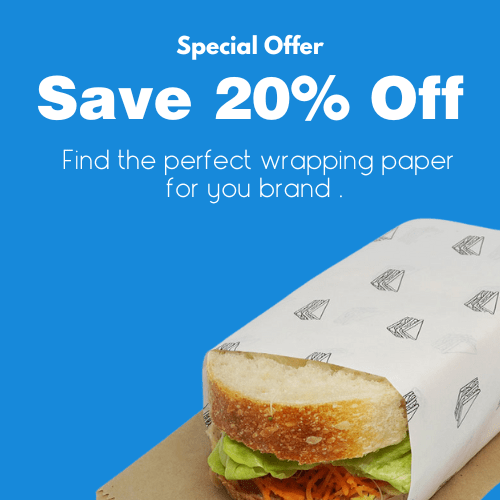 The Deli
Paper
The Deli
Paper
Sorry, but nothing matched your search terms. Please try again with some different keywords.
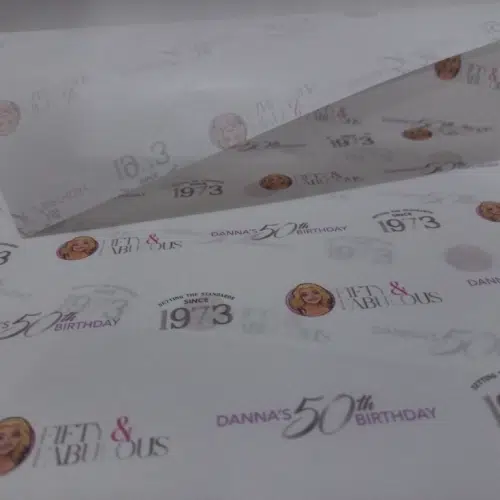
The creative art of baking needs precise tools among which parchment paper stands as an important instrument. Baking paper under its common name of parchment paper serves as an important cooking tool for numerous bakers. The non-stick surface on this material enables simple cleaning and prevents food from adhering to baking pans. Some bakers run short of parchment paper since they need alternative solutions either for being passionate about eco-friendliness or cost management. This article presents different methods which can replace parchment paper for baking along with their advantages and disadvantages to let you continue your baking journey without difficulty.
This heat-resistant paper which goes by the names parchment paper and baking paper has undergone silicone coating for protection against sticking food. Baking sheets and cake pans and additional bakeware benefit from the use of parchment paper to prevent their contents from sticking or burning as baked items easily release from the lined surfaces.
Baking paper stands as a necessary utility for the successful completion of cookies, cakes, bread and pastries during their baking process. Baked meringues and macaroons benefit greatly from the non-stick properties of parchment because they can easily separate from the pan. Parchment paper streamlines cleanup tasks because it protects the bakeware from sticking during baking therefore eliminating the cleaning requirements for scrubbing.
Although parchment paper works well in baking it is not the sole available choice among baking alternatives. Numerous alternatives exist for baking which sometimes offer supplementary environmental advantages and cost-effectiveness and reusability.
Several Suitable Alternatives Exist for Baking Tasks Which Replace Parchment Paper
The silicone baking mat under its brand Silpat functions among the leading substitutes for parchment paper during baking. Food-grade silicone produces these baking mats through manufacturing processes which also give them heat-resistance and non-stick and durability properties.
Pros of Silicone Baking Mats:
Reusable:
The silicon mats deliver over 1000 uses so they serve as an earth-friendly substitution for single-use parchment paper.
Non-stick:
The presence of silicone baking mats ensures non-stick conditions along with simple baked goods removal just like parchment paper does.
The consistent heating properties of silicone mats result in perfectly uniform item baking.
Upfront cost:
The initial cost of silicone mats is higher than parchment paper yet they become economically beneficial since the mats last longer.
Not ideal for all recipes:
Silicone mats fail to deliver the same flawless results for thin cookies which can be achieved through using parchment paper.
Aluminum Foil
Aluminum foil presents itself as a suitable baking substitute which replace parchment paper. Although aluminum foil lacks the non-stick characteristics of parchment paper it becomes suitable for non-stick use when lightly greased.
Pros of Aluminum Foil:
Widely available:
Most households possess aluminum foil because this tool exists in their kitchens.
Affordable:
The cost of aluminum foil falls below parchment paper prices when consumers consider purchasing between these two alternatives.
Flexible:
Aluminum foil allows users to form various shapes that perfectly fit their baking pans or trays.
Not non-stick:
Aluminum foil will require butter or oil application for satisfactory non-stick results because it does not possess built-in non-stick characteristics.
Can cause uneven browning:
The use of aluminum foil tends to accelerate both browning patterns as well as bottom layer reactions. Bakers must watch their baking process more intensively when aluminum foil is used.
Greased Baking Sheets
Baking sheets treated with grease function as a suitable replacement when parchment paper and silicone mats are unavailable. Room temperature butter or cooking oil or grease will form a protective coating between food and pan thus stopping items from sticking.
Pros of Greased Baking Sheets:
Cost-effective:
The requirement for minimal ingredients makes baking sheet greasing an inexpensive process.
Easy to do:
The process of pan greasing takes only a few seconds to complete without requiring any additional accessories such as silicone mats or foil.
Cons of Greased Baking Sheets:
Increased mess:
Baked items become greasy when too much butter or oil is used because the excessive fats produce unwanted textures.
Wax Paper
Wax paper serves as an unsuitable replacement option for parchment paper when it comes to baking purposes. The wax layer on wax paper enables it to resist both sticking and moisture while retaining its non-heat-resistant quality like parchment paper.
Pros of Wax Paper:
Price-wise it stands affordable since wax paper remains inexpensive for everyone to purchase.
Non-stick surface functions across these tasks just like parchment paper since both materials possess this quality for use in food wrapping or dough rolling operations.
Cons of Wax Paper:
Wax paper lacks heat resistance which prevents its usage inside ovens since it will catch fire when exposed to high temperatures. The high heat melt point of wax paper leads to destroyed baked products.
Wax paper cannot be used safely as an oven material because its wax surface acts as an oven barrier.
Non-Stick Bakeware
The alternative baking tool to parchment paper for cake pans and cookie sheets exists in the form of non-stick bakeware. Baking pans include a specific surface coating which acts as a non-adhesive barrier to help food slide easily during oven baking.
Pros of Non-Stick Bakeware:
Convenient:
The non-stick coating on bakeware allows use without requiring either parchment paper or other baking alternatives.
The non-stick coating enables your baked foods to release from the pan without any trouble.
Cons of Non-Stick Bakeware:
Durability:
The non-stick coatings on bakeware will eventually wear down when used intensively or through improper cleaning habits which requires replacement.
Health concerns:
Too many non-stick coatings contain health-risking substances when employed with unsafe manufacturing components. Before using bakeware always check for explicit food-safe product labels.
Reusable Baking Paper or Cloths
People who want to choose an eco-friendly sustainable solution should consider using reusable baking paper or baking cloths made for this purpose. The baking paper consists of natural cotton fibers enabling multiple uses before any replacement requirement.
Pros of Reusable Baking Paper or Cloths:
Environmentally friendly:
The reusability of these paper products decreases waste in the kitchen thus providing an environmentally friendly alternative to single-use parchment paper.
Non-toxic:
Users can feel safe using reusable baking cloths because they do not contain the chemical compounds that some non-stick baking sheets or pans contain.
Cons of Reusable Baking Paper or Cloths:
Upfront cost:
In the long run and considering environmental benefits these materials might prove economical despite their initial expense exceeding parchment paper costs.
Maintenance:
To extend the lifetime of these reusable materials you should clean them properly and maintain them adequately.
Related Article: Can parchment paper go in the microwave
The practice of pan dusting with cornstarch or flour remains useful for stopping sticking during the baking of bread and cakes. The technique provides exceptional benefits toward stopping sticking when you encounter recipes that need additional assistance.
Pros of Dusting with Cornstarch or Flour:
Minimal cost:
Any kitchen will already have flour or cornstarch available for use as dusting agents.
The method of dusting pan surfaces with flour or cornstarch takes minimal effort and needs no additional tools to complete this simple process.
Cons of Dusting with Cornstarch or Flour:
Not ideal for all recipes:
Fragile baking items like cookies and pastries may not be suitable for dusting with flour or cornstarch since they apply sticking to powdery substances.
An unsightly white residue will sometimes remain when flour dusting a pan before use.
The standard usage of parchment paper in baking has multiple suitable alternatives based on different usage needs. Each of the methods including silicone mats and aluminum foil alongside pan greasing provides options to produce flawless baking outcomes. The alternatives provide money savings along with waste reduction capabilities in addition to giving you versatility for baking purposes.
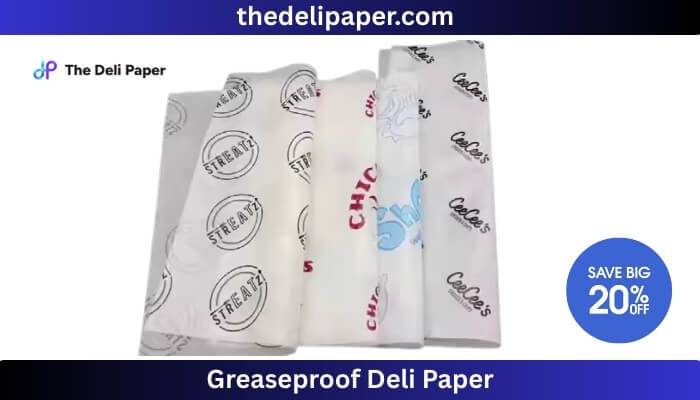
December 26, 2025
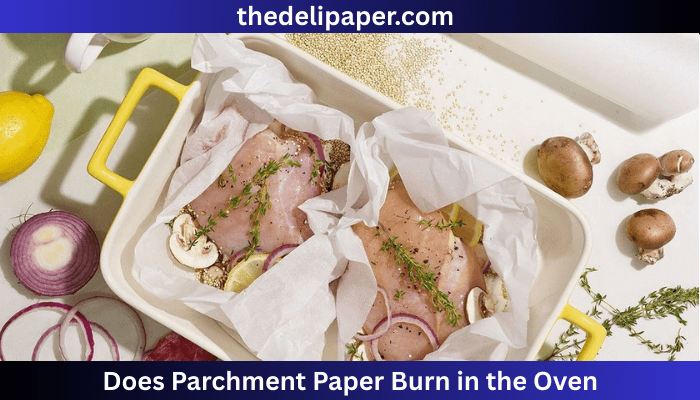
December 19, 2025
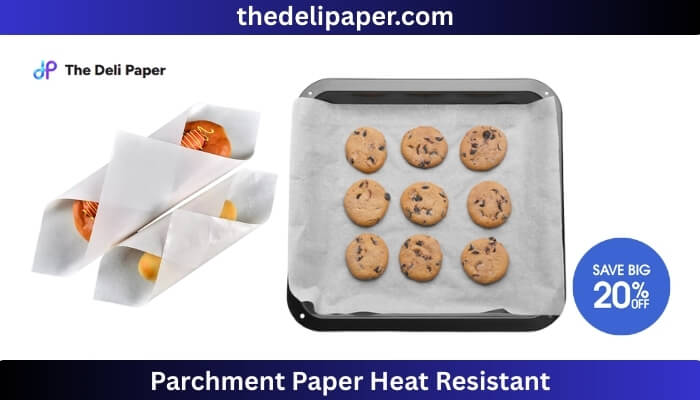
December 13, 2025
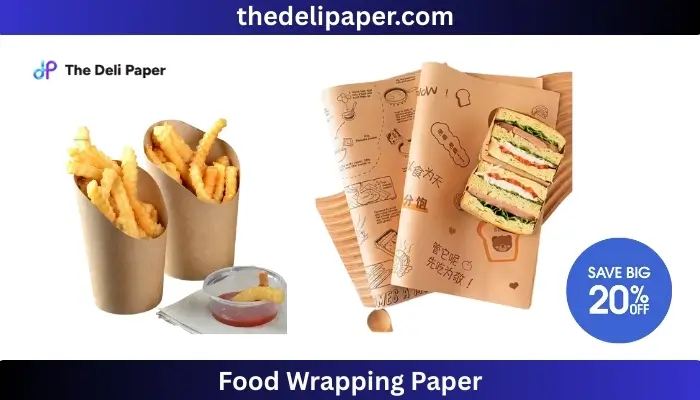
December 12, 2025
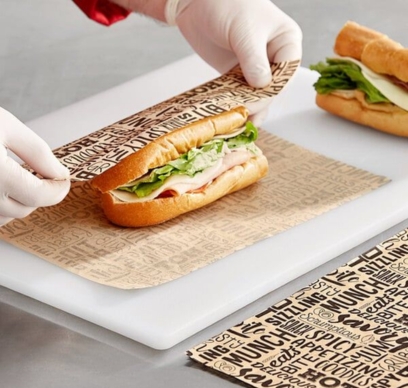
November 16, 2025
